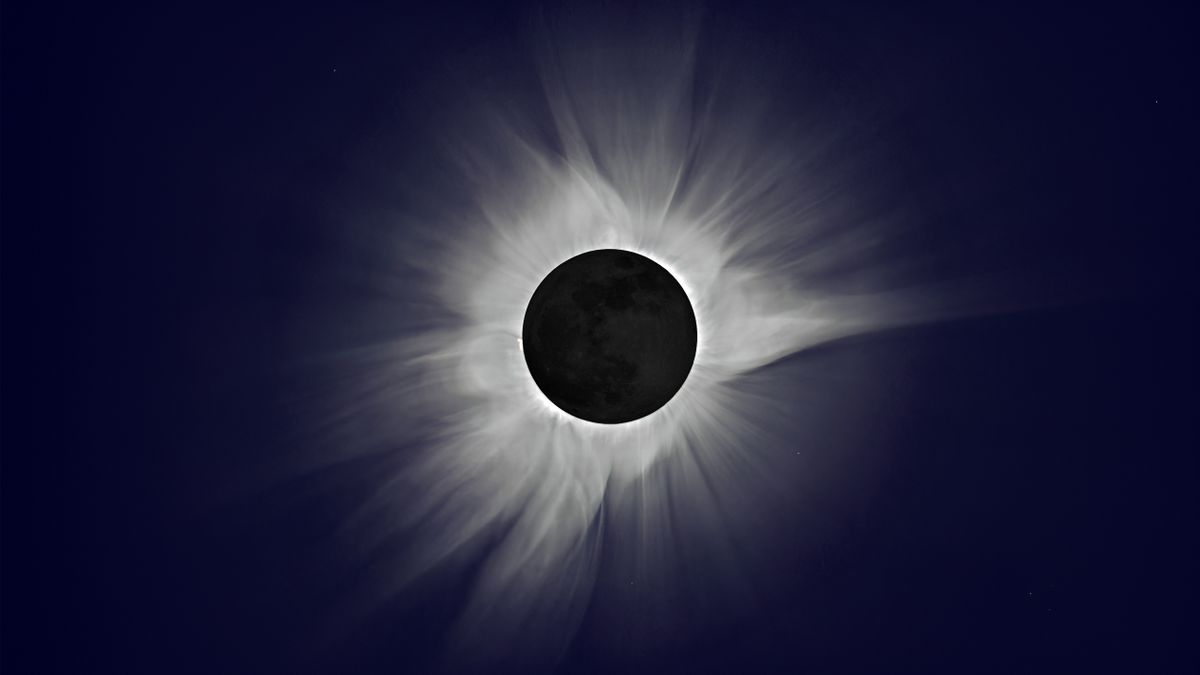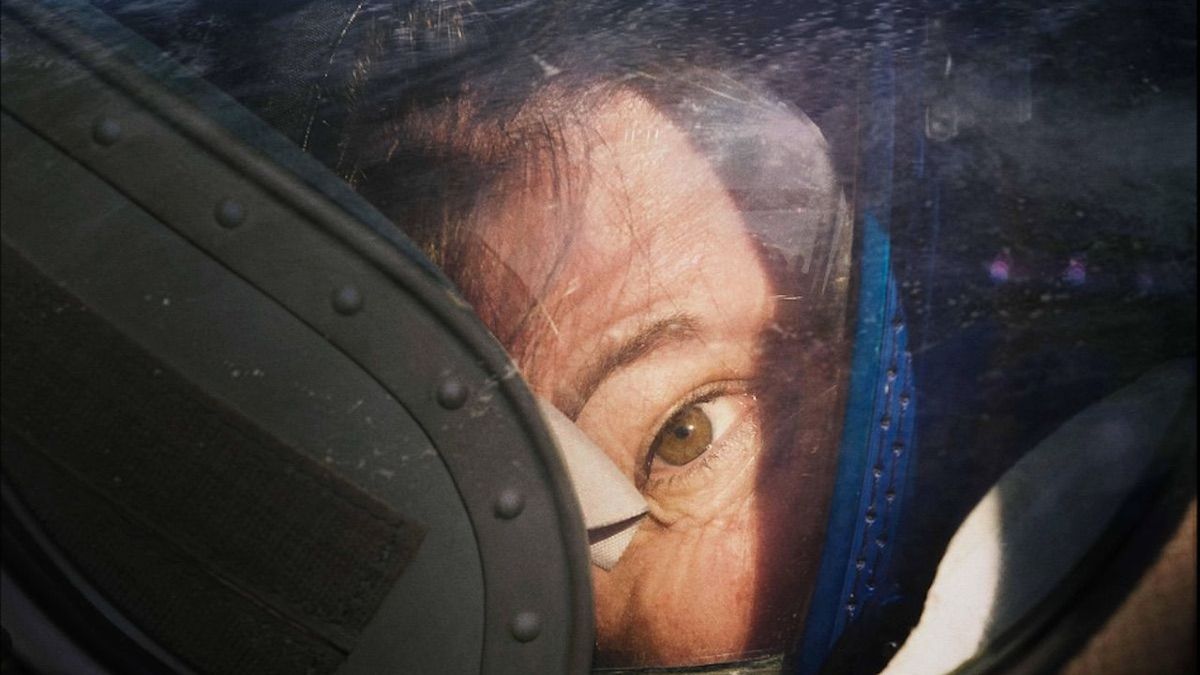Total Solar Eclipse 2024
Today marks the eagerly anticipated event of the Total Solar Eclipse 2024. Spanning across North America from Mexico, through 15 U.S. States and up through Canada, spectators within the path of totality will witness the moon completely covering the sun. This phenomenon will darken the sky and reveal the hidden outer atmosphere of our star.
To stay updated with the latest eclipse content, viewers can follow our eclipse live blog and watch live coverage on Space.com, courtesy of NASA. The livestream coverage is set to commence at 1 p.m. EDT (1700 GMT).
Every state in the U.S. will experience at least a partial solar eclipse today. To determine the timing of the eclipse and visualize how it may appear from a specific location, individuals can refer to an interactive map provided by NASA.
A total solar eclipse occurs when the moon aligns directly between the sun and Earth, casting a shadow over the planet. This alignment results in the moon appearing nearly the same size as the sun, with viewers within the path of totality witnessing a full coverage of the sun’s visible disk.
Last-Minute Preparations
If one has not acquired eclipse glasses to safely view the event, alternative methods using household items can be utilized. However, it is crucial to emphasize never to look directly at the sun and to utilize designated solar glasses or filters throughout the eclipse.
Those within the path of totality may briefly remove their protective eyewear to view the sun’s corona, while others must keep them on consistently. Solar eclipse glasses are necessary for all observers during the partial phases of the eclipse.
Additional equipment such as cameras, telescopes, and binoculars require solar filters to ensure safe viewing. Detailed guidelines and precautions for observing the sun safely can be found in our comprehensive guide.
Eclipse Timings
- Mazatlán, Sinaloa, Mexico: 11:07 a.m. MST, Duration: 4 minutes 20 seconds
- Durango, Durango, Mexico: 12:12 p.m. CST, Duration: 3 minutes 50 seconds
- Torreón, Coahuila, Mexico: 12:16 p.m. CST, Duration: 4 minutes 11 seconds
Where to Submit Your Photos
If you manage to capture a compelling photo of the April 8 total solar eclipse or observe any intriguing effects, consider sharing them with Space.com’s audience. Simply send your photos, videos, comments, along with your name, location, and content usage permission release to [email protected].
Image/Photo credit: source url





